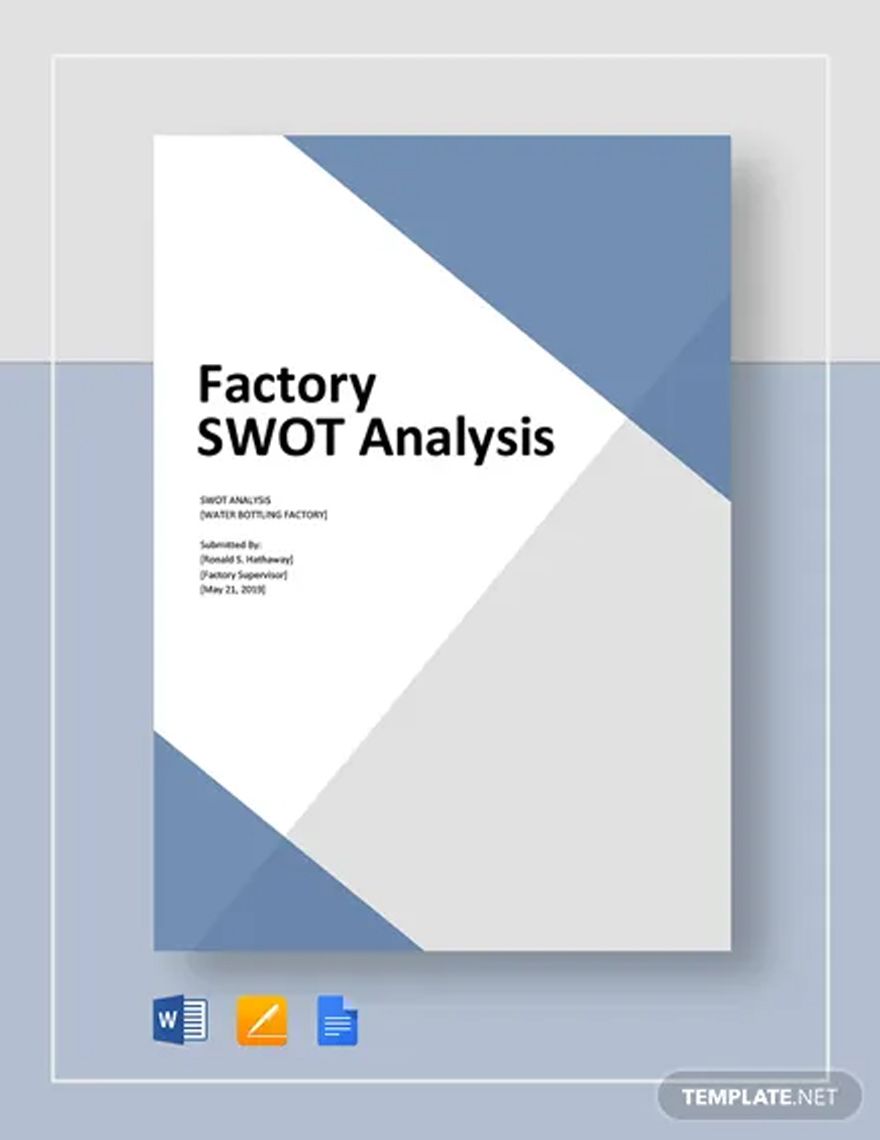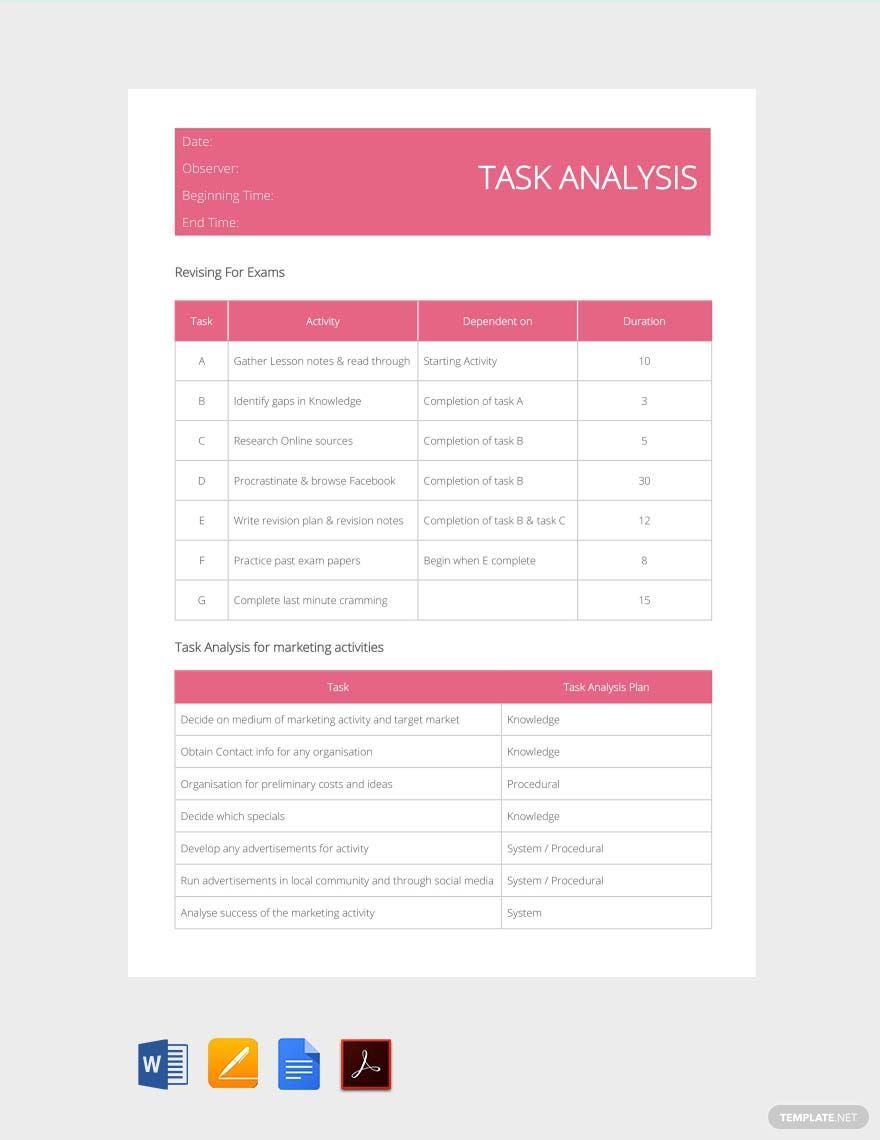Creating an impact analysis doesn't have to be much of a stress. Utilize our professionally designed and ready-made impact analysis templates here in Templates.net. Available in all file formats including Google Docs, MS Word, and Apple Pages and in A4 & US letter sizes. These instantly downloadable, editable, printable, and fully customizable templates are all yours to keep forever. Whether you wish to create a business impact analysis, time impact analysis, economic impact analysis, or environmental impact analysis, it's all readily made for your absolute convenience. Hurry and don't miss the chance to create a very competitive impact analysis report! Download these comprehensively made templates today!
What is Impact Analysis?
Impact analysis is an assessment of both the advantages and disadvantages of a certain change. This also elaborates the consequences or the extent of the result of such change. An impact can be triggered by either calamity, data and technology disruptions, or loss of staff or other company resources. A simple analysis is an important tool in making decisions that would help a business regain from its loss.
How to Create an Impact Analysis?

Before any changes will be made, there has to be an impact analysis first. Keep reading and learn more about the key considerations before making one.
1. Prepare and Communicate
First, determine how you will gather and interpret both qualitative and quantitative data through surveys, interviews, or data mining. Then, identify the appropriate members, you would consider conferring with. If possible, consider those with a specific field of expertise to help you out more effectively. Most importantly, ensure your panel of executives that they are already on board and inform them why you are conducting business analysis and why it is important. Also, inform them about their significant role.
2. Begin Gathering Information
As soon as the executives give a "go!" signal, it's time to interview them about their important processes, roles, and resources for the business. Also, ask for their opinion about the consequences if critical roles were not carried out. In addition, you should also ask them how different disasters such as natural disasters, human error, etc. can affect the business, to what extent and in what ways. The opinion of the executives plays an important role in the data analysis because they are the authority, and they know more about the know-how when such changes brought about by disasters occur.
3. Write Them All Down
After you have gathered all the important information, pile them in a document and check for any errors. Conduct further data gathering if you may find it necessary for a more comprehensive and detailed analysis. Then, sort your resources from the most important to the least. Determine the minimum requirements of business operation to recommence after the disaster, and how long can these be achieved. During the documentation process, consider putting infographics such as tables, charts, or any quantifiable information that elaborates your profit or loss so that there will be an easier understanding of the data.
4. Create a Solid Disaster Recovery Plan
Once you have completed your process analysis, create a disaster recovery plan to mitigate the business's vulnerability that you have just discovered upon creating your analysis. Also, you understand the possible implications of making the change. In addition, you should also know how much the disaster will cost your business, and you should also determine if this will be the right time to invest for such a decision and will it be worth it.
5. Report to the Stakeholders
Now it's time to report the impact analysis report to all stakeholders for them to use the information whether to approve or reject the change request. Since the stakeholders or the executives have the final say, it'll be very important that this report reaches them. Not only does this execute your recommendations, but this also benefits the common good within the business.












